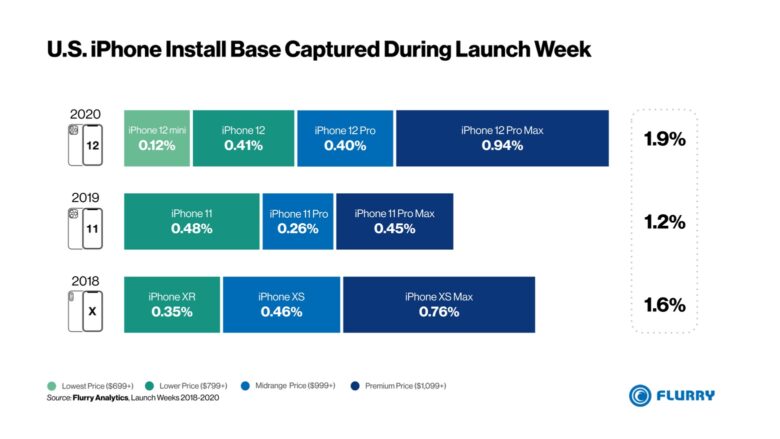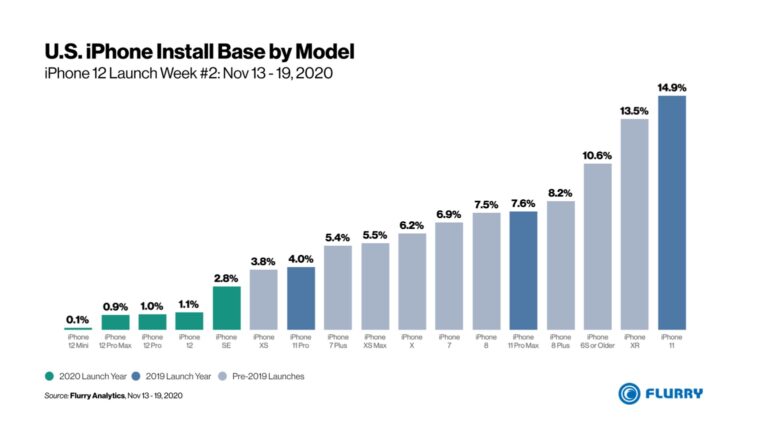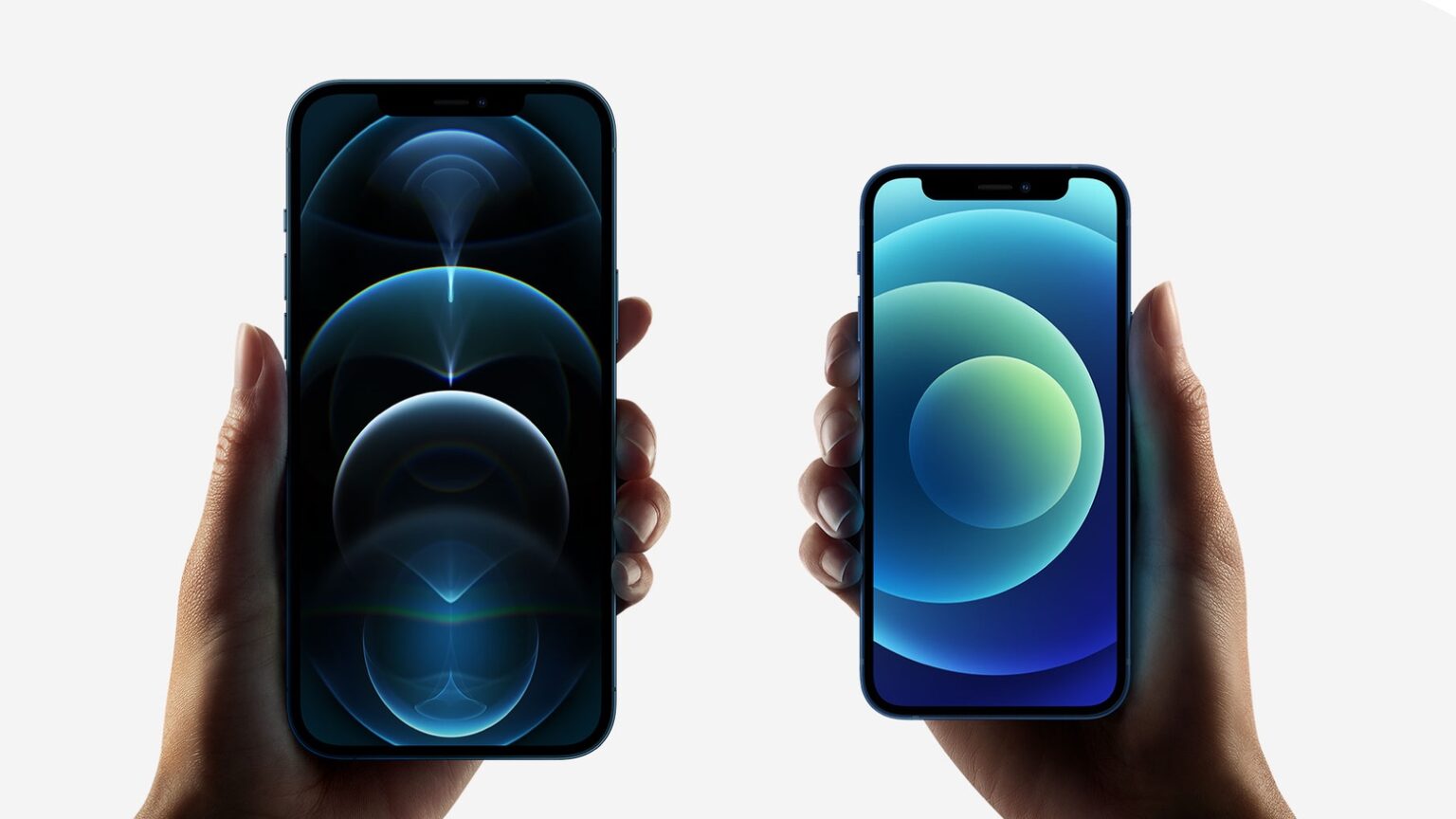In the first weeks they were available, each of the iPhone 12 models sold far better than any of their predecessors released in the past three years, according to a research firm.
And the biggest, most expensive version sold far better than any recent Apple model. But iPhone 12 mini sales might surprise some people.
iPhone 12 series sales far outstrip previous iOS models
Flurry Analytics is used in more than 1 million mobile applications, providing insights from 2 billion mobile devices per month. And it was used to see how many people began using the iPhone 12 series models during their respective launch weeks. The iPhone 12 and iPhone 12 Pro debuted in mid-October, while the iPhone 12 Pro Max and iPhone 12 mini reached customers’ hands in mid-November.
“This year’s iPhone 12 series captured a combined 1.9% install base during their combined launch weeks, a big jump over each of the last two years,” said Aman Bansal with Flurry Analytics. “Last year, the iPhone 11 series launch captured 1.2% install base, and two years ago the iPhone XS and XR series captured 1.6%.”
The top sales model was the super-size iPhone 12 Pro Max. This 6.7-inch model made up 0.94% of the iPhone install base in its very first week. No Apple device has done that well in years. The closest was the iPhone XS Max with a 0.76% share.
On the opposite end of the spectrum — both in size and demand — was the iPhone 12 mini. This 5.4-inch iOS handset made up a tiny 0.12 % of the iPhone install base in its first week, according to Flurry Analytics. “Given the low uptake of the iPhone 12 mini, consumers may be signaling that a more pocket-friendly device is not as important as once thought,” said Bansal.

Chart: Flurry Analytics
iPhone 11 remains Apple’s most-used handset
But iPhone 11 users can be content knowing they still have plenty of company. This device ranked as Apple’s most-used model, with a 14.9% share, from November 13 to November 19. (That’s the week of the iPhone 12 mini and iPhone 12 Pro Max launch.) The iPhone XR, the budget model introduced in 2018, came in second place during that period.
Speaking of budget models, the updated iPhone SE introduced in the spring of 2020 still made up only 2.8% of the U.S. iPhone install base, according to Flurry Analytics.

Chart: Flurry Analytics


